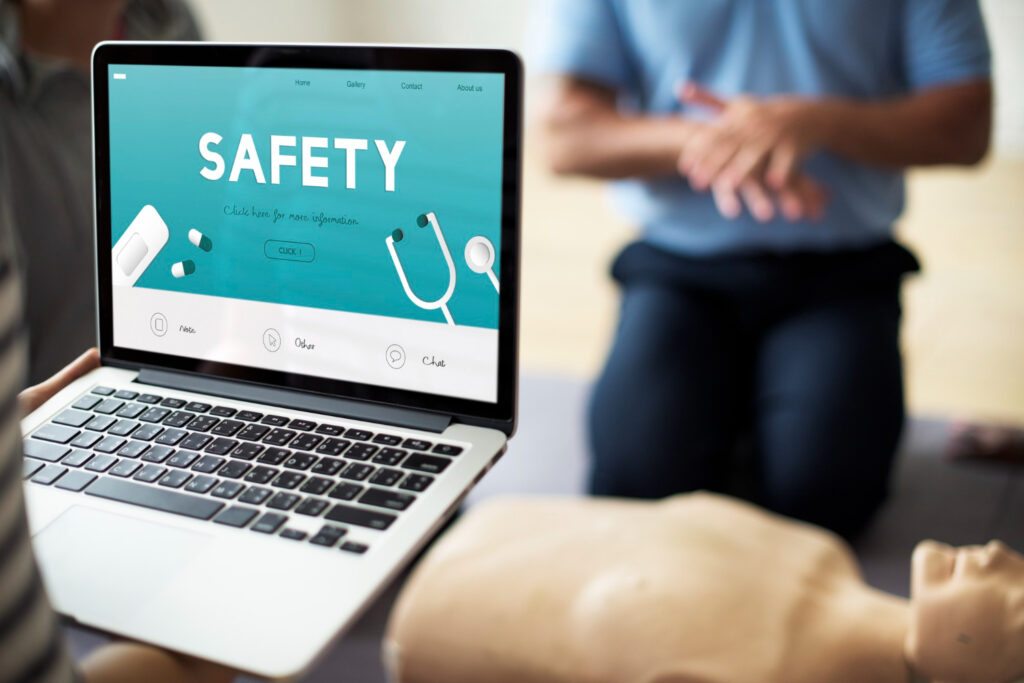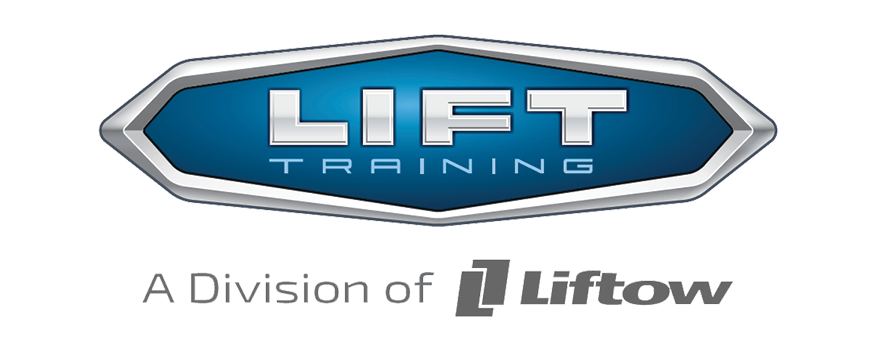
Safety training is a vital component of any workplace, ensuring employees understand how to protect themselves and their colleagues. An effective safety training program doesn’t just tick boxes; it fosters a culture of safety, compliance, and ongoing education. With the right approach, we can transform mandatory training into an engaging and valuable experience for everyone.
We all know that employee safety is paramount. Effective safety training programs equip us with the knowledge and skills we need to prevent accidents and respond appropriately when incidents occur. It’s not just about compliance with regulations; it’s about creating a safer workplace for everyone. A well-designed training program contributes to higher morale, reduced risk, and greater overall productivity.
In the following sections, we’ll explore the crucial elements that make safety training programs successful. By understanding and implementing these elements, we can ensure our training initiatives are both comprehensive and impactful, leading to a safer and more efficient work environment.
Clear Objectives and Goals
Having clear objectives and goals is foundational to an effective safety training program. Without a clear direction, it’s difficult to measure the success of our training efforts or ensure that all necessary information is covered. Clear objectives help us stay focused on what’s important and ensure all participants understand what they need to achieve by the end of the course.
To start, we should identify the specific safety issues and risks relevant to our workplace. This involves conducting a thorough risk assessment to highlight areas where safety training is most needed. Knowing exactly what hazards exist helps us tailor the training to address real-world concerns, making it immediately applicable and useful for everyone involved.
Once we have identified the key areas for training, we need to set measurable goals. These could include reducing the number of workplace accidents, ensuring all employees can properly use safety equipment, or achieving a certain level of compliance with health and safety regulations. Measurable goals provide a benchmark against which we can evaluate the effectiveness of our training program. By setting specific, attainable, and relevant goals, we create a clear path for our training efforts and help participants understand what is expected of them.
Interactive and Engaging Content
An effective safety training program needs to be more than just a series of lectures or readings. It should engage participants actively, making the learning process enjoyable and memorable. This is where interactive and engaging content comes into play. There are several methods we can use to make our safety training more dynamic and effective:
1. Simulations: Practical, hands-on simulations allow us to experience real-world scenarios in a controlled environment. This can include fire drills, first aid practice, or hazard identification exercises.
2. Quizzes and Games: Incorporating quizzes and games makes learning more fun and tests our knowledge in a non-threatening way. This helps reinforce learning through repetition and active participation.
3. Videos and Animations: Visual content like videos and animations can illustrate safety protocols clearly and effectively. They can show the correct procedures for using equipment, handling hazardous materials, or responding to emergencies.
4. Group Activities: Engaging in group activities encourages teamwork and lets us learn from each other. This can include group discussions, role-playing exercises, or problem-solving tasks.
5. Interactive E-Learning Modules: Online modules that require us to make decisions or solve problems help keep us engaged. Interactive e-learning allows for self-paced learning and instant feedback.
By using these methods, we can create a more engaging and effective safety training program. Interactive content not only keeps us interested but also enhances retention of the information, ensuring that we apply what we’ve learned in our daily work activities. This fosters a safer, more aware workplace where everyone is better equipped to handle potential hazards.
Regular Assessments and Feedback
Regular assessments and feedback are essential components of an effective safety training program. These elements help us measure progress and identify areas that need improvement. Assessments can be in the form of quizzes, practical tests, or observations during simulations. Regular testing ensures that we understand the material and can apply it correctly in real-world situations.
Feedback is equally important. Constructive feedback helps us see where we excel and where we need more practice. Immediate feedback on assessments allows us to adjust our learning strategies and focus on weak areas. This continuous loop of assessment and feedback creates a dynamic learning environment where we are always aware of our progress and can work towards improvement.
Moreover, regular assessments and feedback foster accountability. Knowing that we will be evaluated keeps us engaged and motivated to perform well. It also allows trainers to customize the training to better meet our needs, addressing any gaps in knowledge or skills promptly. Through ongoing assessment and constructive feedback, we can ensure that safety training is effective and that we are prepared to handle any workplace hazards confidently.
Comprehensive Record Keeping and Certification Management
An often overlooked but critical element of an effective safety training program is comprehensive record keeping and certification management. Keeping detailed records of all training activities helps us track who has completed necessary training, when refresher courses are needed, and which certifications are active or expiring.
Effective record keeping involves maintaining a centralized database that includes all pertinent training details. This can include dates of training sessions, names of participants, types of training completed, and scores from assessments. A well-organized record-keeping system ensures that nothing slips through the cracks and that all employees remain compliant with safety regulations.
Certification management is another crucial aspect. Managing certifications efficiently means keeping track of expiry dates and ensuring timely renewals. Automated reminders can help us stay on top of these deadlines, reducing the risk of lapses in certification that could lead to non-compliance issues. Proper management of certifications also instills confidence in our safety protocols, knowing that all personnel are up-to-date with the latest training and standards.
By prioritizing comprehensive record keeping and certification management, we can create a safer and more organized workplace. It allows us to demonstrate our commitment to safety, both internally and to external auditors or regulators.
Conclusion
Creating an effective safety training program involves more than just covering the basics. Clear objectives and goals set the foundation, while interactive and engaging content keeps us involved and motivated. Regular assessments and feedback ensure we are absorbing and applying the material correctly. Finally, comprehensive record keeping and certification management help maintain compliance and ensure continuous improvement.
At LIFT Training, we understand the importance of each of these elements in fostering a safe work environment. Our tailored training programs are designed to meet the unique needs of Canadian corporate clients, ensuring a high standard of safety and compliance. Reach out to LIFT Training today to learn more about our in-person and online safety training solutions. Together, we can build a safer future for your team.
